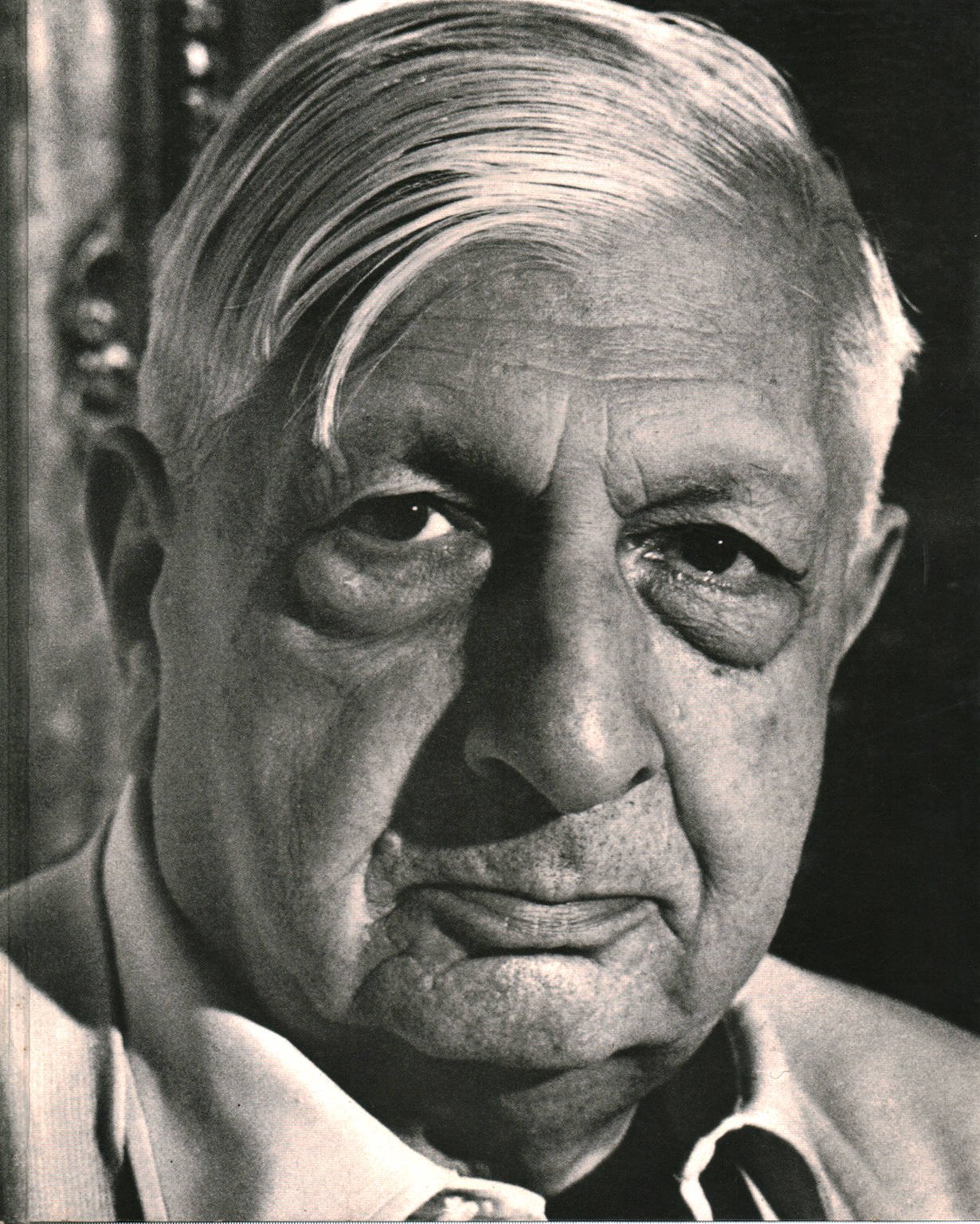
1888 - 1978
Giorgio de Chirico
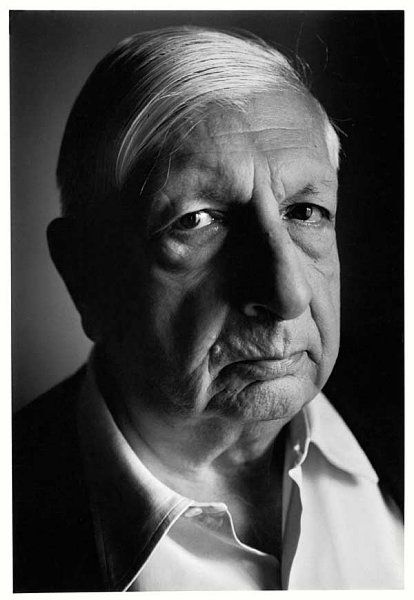
description
An Italian painter, a forerunner of Surrealism. Together with Futurist Carlo Carra, Giorgio de Chirico was the creator of metaphysical painting – the most original and important style in Italian art of the early twentieth century. Despite the fact that this style did not last long, it became the main one for the artist and brought him worldwide fame. De Chirico’s metaphysical paintings had a great influence on Surrealists, who saw in them the expression of the unconscious and illogical that they aspired to.
The work of Giorgio de Chirico originates in German philosophy, in particular in the works of Friedrich Nietzsche, as well as in the work of Symbolist Arnold Böcklin. From them, he drew interest in the symbolism of objects and the interaction of the form and environment. Like his teachers, the artist paid much attention to the process of self-improvement and observation, trying to comprehend the inner harmony of the universe.
Closely connected with the Paris avant-garde movement, de Chirico created original art, which inexplicably combined his love for classics and the feelings of emptiness and loss that are characteristic of contemporary art. In the artist’s paintings, deserted streets and towers coexist with symbolic objects and mannequins, which are not connected logically. All this, created in bright colours, creates a sense of artificiality of reality and its conventionality.
Key ideas:
– In his works, he used elements of ancient Greek and Roman art, as well as traditions of the Renaissance. Growing up in Greece, de Chirico admired its rich artistic heritage and often introduced elements of ancient sculpture and architecture, such as columns, arches or statues, into his paintings.
– Works of Giorgio de Chirico are filled with deep philosophical meaning. Each artist’s work contains a mystery based on the philosophical teachings of Schopenhauer and Nietzsche, as well as the author’s thoughts. In their structure, the artist’s works resemble a dream or fantasy, in which objects completely unrelated to each other combine in one plane and create a strange, incomprehensible harmony.
– The artist believed that reality is constantly changing and it can only be expressed with the help of universal symbols enclosed in simple geometric forms. All objects depicted on the canvases are not there by chance. Each of them is a certain sign, indicating a hidden meaning, at the same time strict and clear, and at the same time surreal and mystical.
– During his first Parisian period, the artist became interested in the work of Cubists. The mechanized people on the canvases of Fernand Leger made a particularly great impression on him, so that faceless mannequins consisting of various objects and geometric figures began to appear in de Chirico’s paintings.
– Unlike Italian Futurists who worked at the same time, de Chirico did not fill his canvases with dynamics, aggression and unrestrained energy. Emptiness and silence, lack of movement and strictly defined forms create a very special mystical atmosphere in the artist’s paintings and make his work very original.
1888
1906
1910
1913
1915
1920
1929
1944
1945
1978
The birth of the artist
Moved to Munich
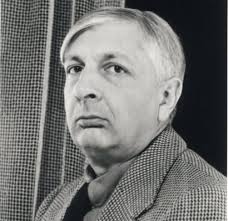
First visited Paris
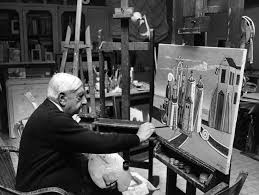
The first personal exhibition
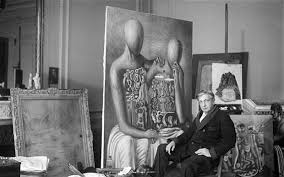
«Metaphysical painting»

Again moved to Paris

The artist designed the scenery for the ballet "Ball"
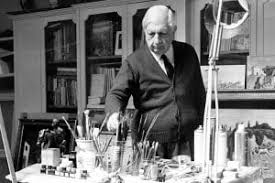
Finally settled in Rome
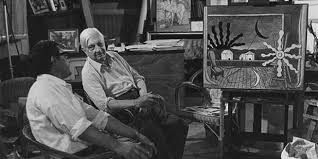
“Memories of My Life”
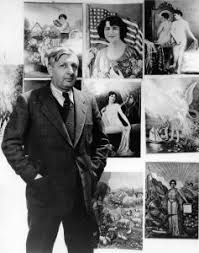
The death of the artist
